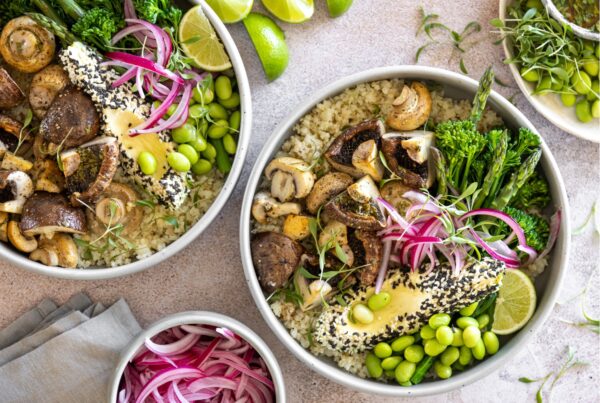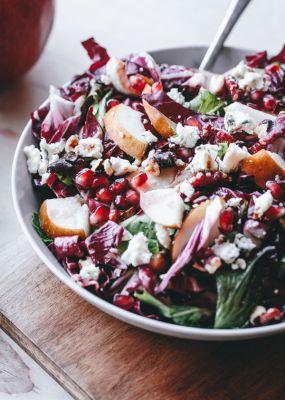Japanese cuisine’s global reverence is easy to understand. Not only for its contribution of sushi to the culinary world but also for its intricate layering of umami. Umami is the quintessentially rich and savory taste that defines many of its dishes. This culinary tradition offers more than just the oft-perceived pricey sashimi or labor-intensive ramen. It is a treasure trove of simple, approachable recipes. Longevity Live Paid Content.
If you’re entering the world of Japanese cooking for the first time or simply seeking to refresh your memory, we have curated a list of essential yet iconic recipes for your convenience. From the crunch of a perfectly made tonkatsu to the soothing broth of udon, this selection of Japanese and Japanese-inspired American dishes will inspire and guide your next culinary ventures.
Tonkotsu Ramen
Hailing from the Fukuoka region, Tonkotsu ramen is also known by the name Hakata ramen. After the historical name for parts of Fukuoka, and Kyushu ramen, indicating its origin on the Kyushu island. The distinctive milky broth of tonkotsu was discovered unintentionally when a ramen chef inadvertently overcooked the stock. This caused emulsification, a stark contrast to the clear broth of shoyu ramen.
Making Tonkotsu ramen is a lengthy process. It requires at least 12 hours of boiling to achieve the right consistency. This recipe leverages a pressure cooker to significantly reduce this time to merely four hours. Moreover, for best results, it needs an additional 30 minutes of boiling afterward.
On account of the nature of the broth, such extensive boiling is crucial. It ensures the broth doesn’t turn cloudy immediately after its removal from the pressure cooker. The choice of bones (avoid backbones), the soy sauce (opt for usukuchi), and the length of cooking time influence the broth’s characteristic creamy appearance. If preparation is too much for you, order from a ramen online store to save time.
Salmon Teriyaki
Rich, buttery salmon glazed in a sweet-savory teriyaki sauce marks a beloved choice at Japanese restaurants, serving as an appealing alternative when the preference veers away from chicken teriyaki.
Crafting this dish at home can present a complex challenge, aiming for the ideal balance of perfectly cooked salmon, a rich and easy-to-make teriyaki sauce, alongside a cooking method that avoids filling the kitchen with prolonged fish odors.
An optimal salmon teriyaki recipe was achieved through extensive trials of various sauces and cooking techniques. This version is straightforward enough for a weeknight endeavor, sidesteps the need for stovetop searing (reducing the risk of burning), and features a delectable teriyaki sauce that compliments both the salmon and any accompanying rice. The process takes less than 30 minutes, and it pairs nicely with steamed rice and suitable sides like cooked broccoli.
Tempura
Crispy and delicious while still being relatively healthy and affordable, tempura ranks among Japan’s favorite dishes. You can choose from options like prawns, fish, squid, vegetables, or tofu. The cooking process delicately coats it in batter and rapidly deep-fries it to retain its nutritional content of vitamins and minerals. Often enjoyed alone, tempura is also commonly served atop noodles or rice, complemented by dipping sauces.
Sushi
Sushi, Japan’s most renowned dish abroad, is often subject to international misconceptions. The common belief that sushi equates to merely raw fish is inaccurate. Authentic sushi skillfully combines vinegared rice with raw fish and vegetables, manifesting in numerous varieties.
Nigiri sushi, known for its slice of raw fish, egg, or vegetable resting on a compact ball of rice, is the most familiar form. The cooking process for maki sushi – another popular type, rolls it in ‘nori’ seaweed.
For a different experience, temaki sushi offers a cone brimming with various ingredients. Inari sushi, on the other hand, encloses the rice in a pouch of deep-fried tofu. With the myriad sushi outlets scattered across Tokyo, there’s bound to be an option that resonates with everyone’s taste.
Unagi (eel)
Unagi, a filling and nutritious dish abundant in vitamins and protein, is highly esteemed in Japan. Often served atop rice with a sweet soy teriyaki sauce, the Japanese believe that consuming eel during the warmest months of the year helps to combat tiredness.
Throughout Japan, you can find a variety of tasty unagi dining options. Likewise, the Hamanako region has a particular concentration, as its entire culture revolves around this smooth fish.
Endnote
Thanks to its low-fat content and modest portion sizes. Japanese cuisine offers some of the healthiest options worldwide. It delivers a nutritional balance, light foot items, and is conducive to good health. No wonder the Japanese enjoy such long, healthy lives! Thanks to its minimal cholesterol, fat, and calorie levels and its high fiber content, it offers a diet that supports longevity. Try incorporating these five dishes into your dinner routine. Experience the exquisite flavors of Japan in the comfort of your own home.



![women [longevity live]](https://longevitylive.com/wp-content/uploads/2020/01/photo-of-women-walking-down-the-street-1116984-100x100.jpg)










